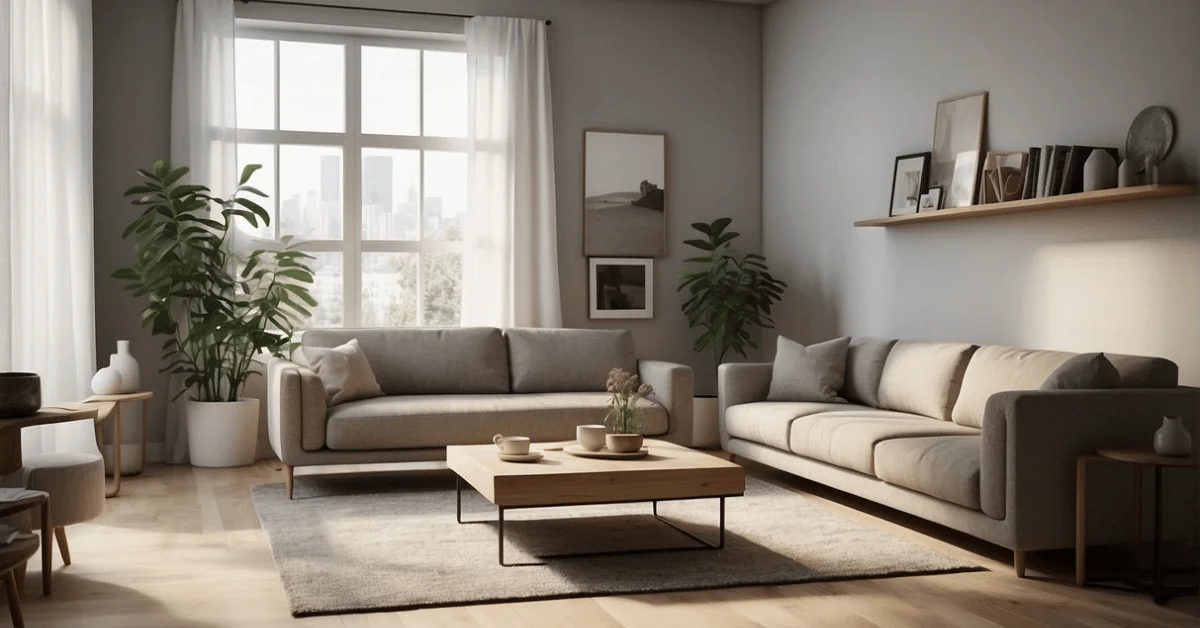Minimalism is more than just a design concept; it’s a lifestyle that strips away the non-essential, leaving us with just what we truly need, use, and love. Embracing minimalism can lead to a clearer mind, a more organized living space, and ultimately, a more fulfilling life.
By focusing on what’s important, we can find contentment and simplicity in an increasingly busy and materialistic world.
Living with less doesn’t mean a life of restrictions. On the contrary, it opens the door for us to maximize our life by minimizing our possessions and distractions. It challenges us to live intentionally, curating our lives to include only the essentials. The process of decluttering not only transforms our physical spaces but also reflects in our choices and habits, leading towards a more sustainable and mindful lifestyle.
Key Takeaways
- Embrace minimalism for mental clarity and a fulfilling life.
- Decluttering leads to an intentional, simpler lifestyle.
- Minimalism supports sustainability and mindful living.
Understanding Minimalism
Minimalism, at its heart, encourages us to find more value in fewer things. It’s not just about removing physical clutter—it’s about crafting a mindset focused on essential values that lead to a fuller and happier life.
Defining Minimalism
Minimalism is about intentionally focusing on what truly adds value to our lives and letting go of everything else. It’s a personal journey to identify what is necessary and what is excess, then reducing the latter. This means living with less and enjoying the freedom that comes with simplicity.
- Essentials: Shelter, relationships, health, personal growth
- Excess: Duplicate items, unused subscriptions, unnecessary stress
How to Minimize: Benefits of a Minimalist Lifestyle
Adopting a minimalist lifestyle brings a multitude of benefits that go beyond cleaner spaces. We experience mental clarity, as the distractions of excess are removed, and happiness is enhanced by valuing experiences over possessions. The benefits are palpable:
- Increased focus on important life goals
- Improved mental well-being
- Reduced financial strain from consumerism
- More time and energy for relationships and self-care
The Minimalist Mindset
Embracing minimalism is about adopting a mindset that values quality over quantity in all aspects of life. It is not a race to own the least possible but a personal commitment to keep what serves us and discard what distracts us. It empowers us to make choices that lead to more meaningful engagements and deeper happiness. This mindset underlies every decision—what we buy, how we spend our time, and what life goals we pursue.
Our Tips on Getting Started with Decluttering
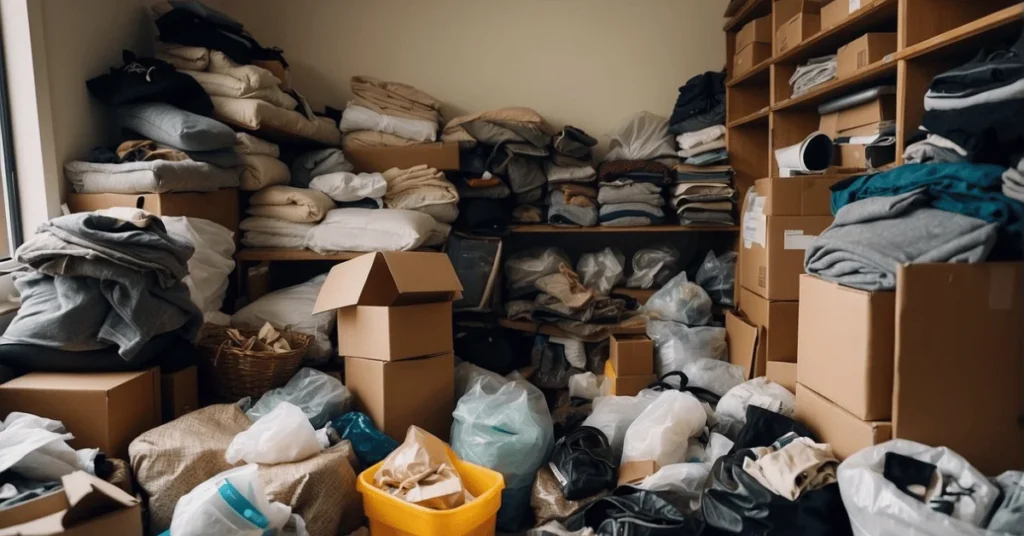
Embarking on a how to minimize lifestyle can greatly reduce stress and overwhelm. We often hear how decluttering can usher in a fresh sense of clarity. But where should you begin? With our concrete methods and a mindful approach, you’ll discover that organizing possessions becomes less of a chore and more of a rejuvenating journey. Let’s dive into the essentials of a decluttering strategy that works.
Decluttering Principles
Start Small: Opt for a manageable area to tackle first, such as a drawer or a single shelf. The goal is to avoid feeling overwhelmed. This tactic paves the way for motivation and a sense of achievement that fuels further decluttering efforts.
- Item Selection: Follow a simple rule — if you haven’t used something in the past year and it lacks significant emotional value, it’s probably time to let it go.
Overcoming Emotional Attachment
Sentimental Items: It’s natural for objects to hold sentimental value. However, our space and peace of mind are often crowded by such possessions. We advise taking a photo of sentimental items before parting with them, allowing you to keep the memory without the physical clutter.
- Mindset Shift: Acknowledge that items don’t equate to memories or relationships. Detaching emotionally is tough, but it’s a critical step toward a minimalist space and lifestyle.
Organizational Strategies for Decluttering
Categorize Items: To maintain organization, sort items by type. Use boxes or labels to designate what you’ll keep, sell, donate, or discard.
- Consistent Habits: Establish a routine to review and reduce unnecessary items regularly. For example, set a monthly date to assess areas prone to clutter, like closet floors or junk drawers.
By adhering to these principles, overcoming attachment, and implementing effective organizational strategies, we embark on a decluttering journey that could profoundly alter our living space and mindset.
Tips on Living the Minimalist Way
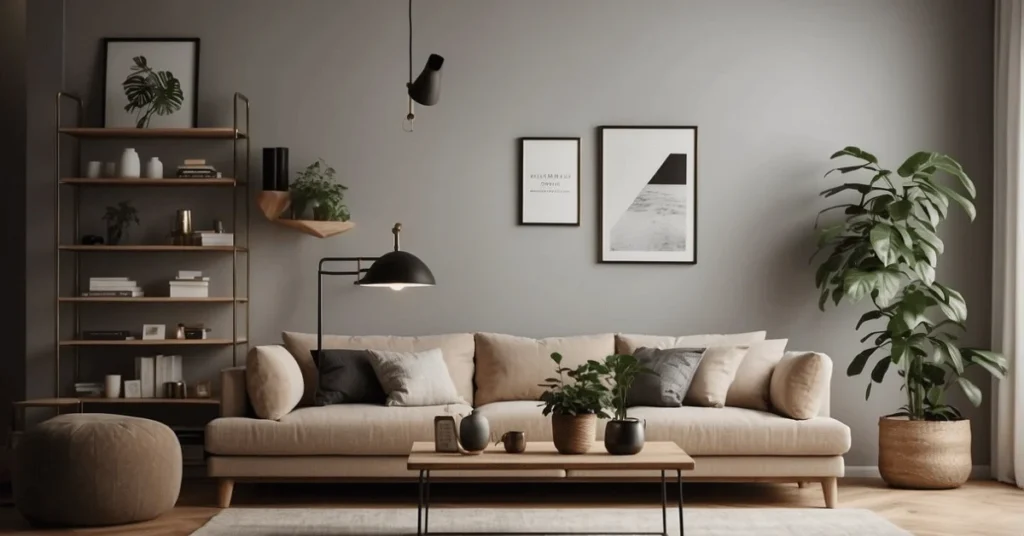
Embracing a minimalist lifestyle offers us the clarity and freedom to prioritize what truly matters. Whether it’s distilling our habits, curating our living spaces, or refining our wardrobe, the essence of minimalism lies in the pursuit of simplicity.
Habits of a Minimalist
Regular Decluttering: We commit to routinely assessing our possessions and letting go of items that no longer serve us. This habit ensures our spaces promote a sense of calm and order.
Mindful Consumption: We practice thoughtful buying by asking ourselves how new acquisitions align with our minimalist values, which helps prevent unnecessary accumulation.
Creating a Minimalist Living Space
Essential Furnishings: In our homes, we choose furniture that is both functional and space-efficient. Pieces that serve multiple purposes are preferred to maintain simplicity and openness.
Clear Surfaces: We keep countertops and tables free from clutter, which not only beautifies our space but also contributes to a serene and organized environment for us to thrive in.
Minimalist Wardrobe Essentials
Capsule Wardrobe: Our closets contain a capsule wardrobe, a collection of versatile items that can be mixed and matched to create numerous outfits reflecting our personal style without excess.
Quality over Quantity: We opt for durable and timeless pieces. This approach ensures that we invest in clothing that not only lasts longer but also transcends seasonal trends.
Maximizing Life with Less

In our quest for a fulfilling life, we often overlook the power of having less. By shedding excess and focusing on what truly enriches us, we can enhance our lives both tangibly and intangibly. Let’s explore how to channel minimalism into maximizing life value.
Our Recommendation: Prioritizing What Matters
The first step is assessing our lives and identifying what’s truly important—our passions, our personal growth, and our happiness. It’s about examining our schedules and recalibrating our priorities. Are we overwhelmed with clutter—both physical and metaphorical—that detracts from our worth? By listing our top five priorities and ensuring that our daily actions reflect them, we make each moment count.
The Role of Experiences in Minimalism
Experiences become the cornerstone of a minimalist lifestyle, often holding more value than material possessions. They shape our memories and foster personal growth. Whether it’s learning a new skill or traveling, experiences contribute to our happiness and sense of fulfillment without the worry of accumulating unnecessary items.
Finding Fulfillment Beyond Material Possessions
Amidst the convenience of consumerism, finding fulfillment beyond material possessions can be challenging but rewarding. It involves shifting our focus to activities and relationships that spark joy and passion. As we learn how to minimize and detach from the impulse to purchase, we find that true happiness isn’t stored in objects but built through meaningful connections and activities that resonate with our inner self.
Sustainable Minimalism
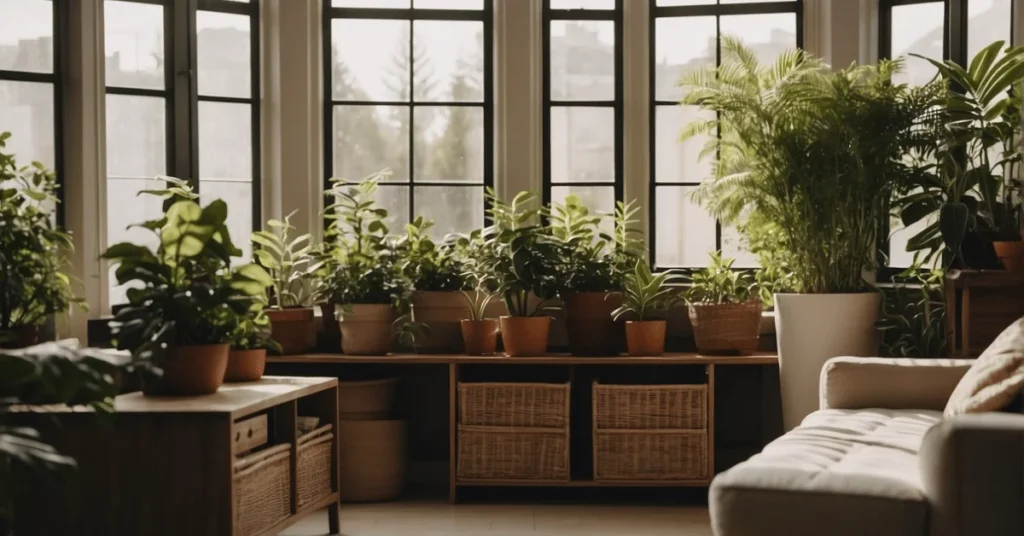
Incorporating sustainable minimalism into our lives allows us to reduce our environmental footprint effectively. It’s more than just getting rid of belongings; it’s about a responsible lifestyle that ensures a greener future.
Eco-Friendly Decluttering
When we decide to declutter, we often face a mix of guilt and regret over the waste we’re about to create. However, eco-friendly decluttering ensures that we aren’t just transferring a burden from our homes to the landfill. It’s about making choices that honor our planet. For instance, items like knick-knacks that serve no purpose can often find new life through creative repurposing or donation. Here’s a practical approach to this process:
- Sorting: Categorize items into keep, sell, donate, and recycle.
- Research: Find local charities for donating items that still have utility.
- Selling: Use online marketplaces or garage sales to sell belongings that may still be useful to others.
By disposing of items this way, recycle becomes our last resort, not our first.
Donating and Recycling Possessions
When we donate, we’re giving our items a second chance at usefulness and helping those in need. Here’s how to donate responsibly:
- Examine items: Only donate items in good, usable condition.
- Choose organizations carefully: Donate to places where items are most needed.
Recycling is the next step for items that can’t be donated. Follow these guidelines:
- Local regulations: Check what can be recycled in your area.
- Specialty services: Look for companies specializing in recycling electronics or textiles.
Through sustainable minimalism, we responsibly reduce our possessions, contribute to our communities, and create space for a life focused on experiences over material ownership.
Frequently Asked Questions
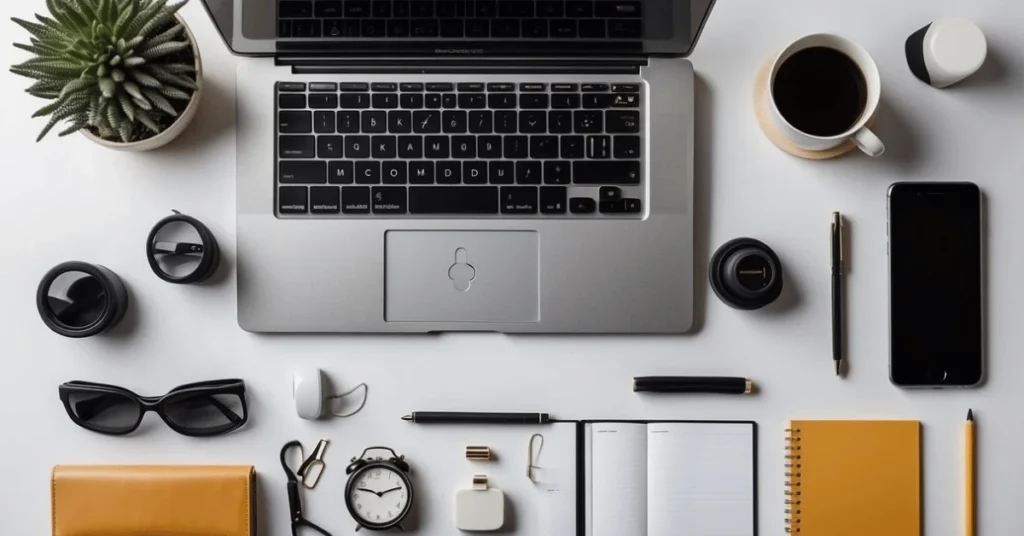
When we embark on a minimalist journey, the clarity from reducing the excess in our lives is transformative. Let’s explore some common inquiries that arise as we strive for simplicity.
What are the first steps to adopting a minimalist lifestyle?
Initiating a minimalist lifestyle begins with identifying personal values and what truly matters to us. A move towards how to minimize often starts with a purposeful approach to decluttering and a focus on keeping items that serve a function or bring joy.
How can I effectively declutter my living space?
Effective decluttering is systematic how to minimize. It involves sorting items into designated categories—keep, sell, donate, recycle, and discard. Following a step-by-step guide how to minimize possessions can create more clarity and focus in your living space.
What criteria should I use when choosing how to minimize in my home?
Choose to how to minimize items based on frequency of use, emotional attachment, necessity, and the value they add to daily life. Aim for belongings that align with your lifestyle aspirations and minimalist goals.
Can you provide a basic checklist for starting how to minimize in my daily routine?
Yes, a basic how to minimize checklist for your daily routine could include: prioritizing tasks, simplifying meal planning, streamlining wardrobe selections, and reducing digital clutter. These actions help foster a habit of living with less.
What techniques can help maintain a minimalist approach to belongings?
Regularly reviewing possessions, setting intentions for purchases, and adhering to a one-in-one-out policy are key techniques for how to minimize. This ensures that every item in your home is intentionally chosen and truly necessary.
How does the 90/90 rule help in making decisions about how to minimize?
The 90/90 rule suggests that if you haven’t used an item in the last 90 days and don’t plan on using it in the next 90 days, it’s a candidate for removal. This rule aids in recognizing what’s truly essential and prevents unnecessary hoarding.
We’ve discussed effective strategies on how to minimize, but your input is invaluable! Do you have additional tips or unique methods for simplifying your life? Share your insights and join the conversation below!

